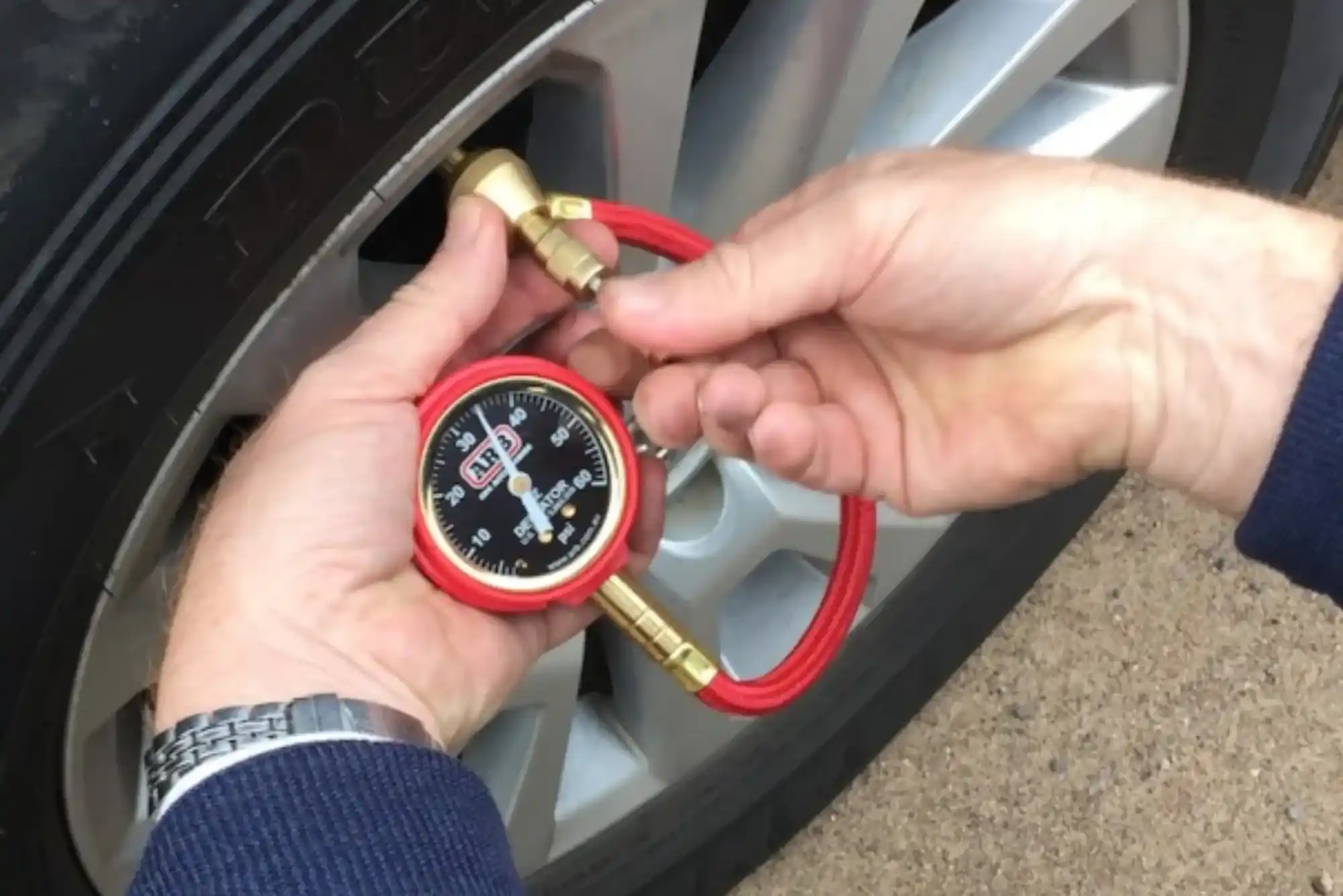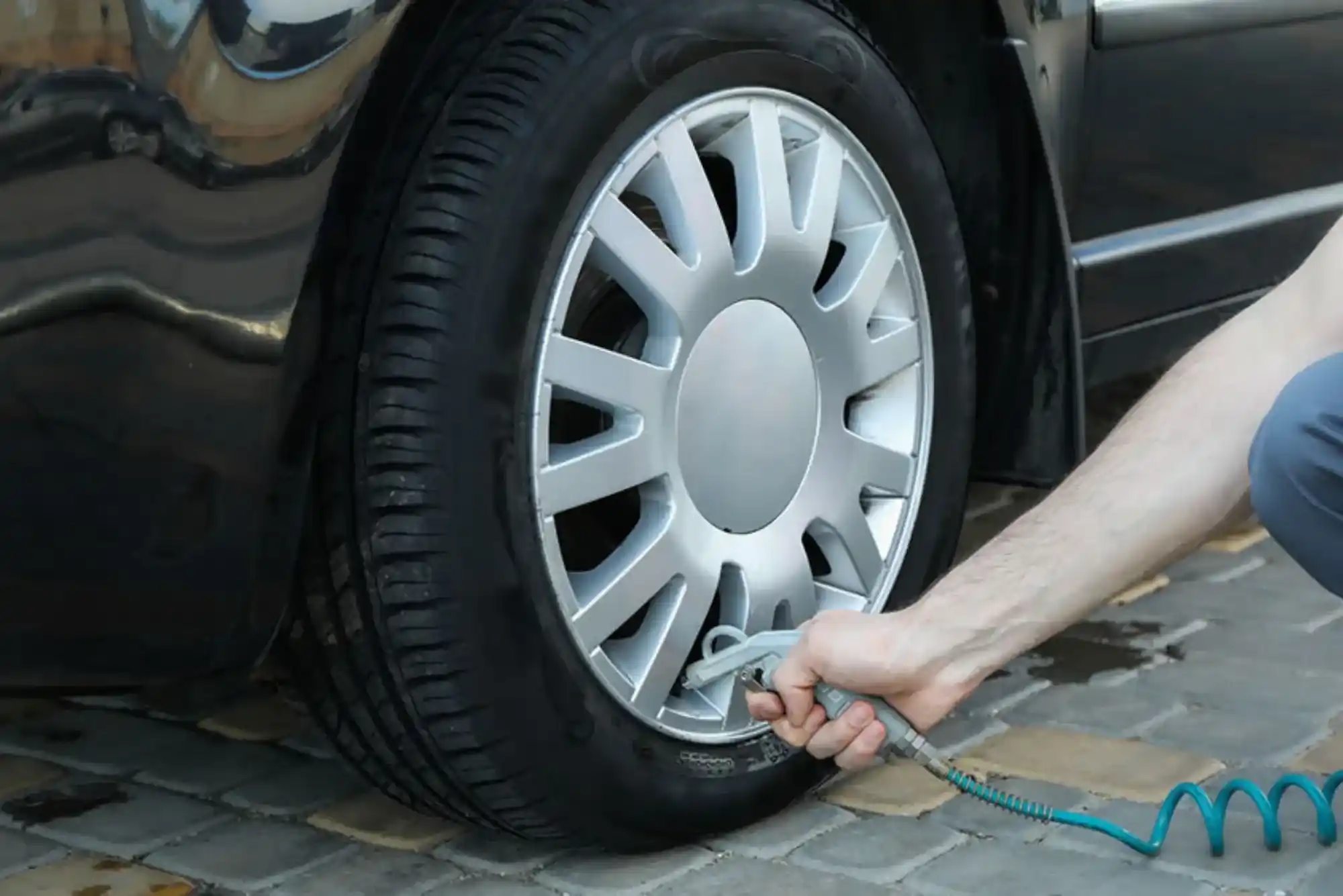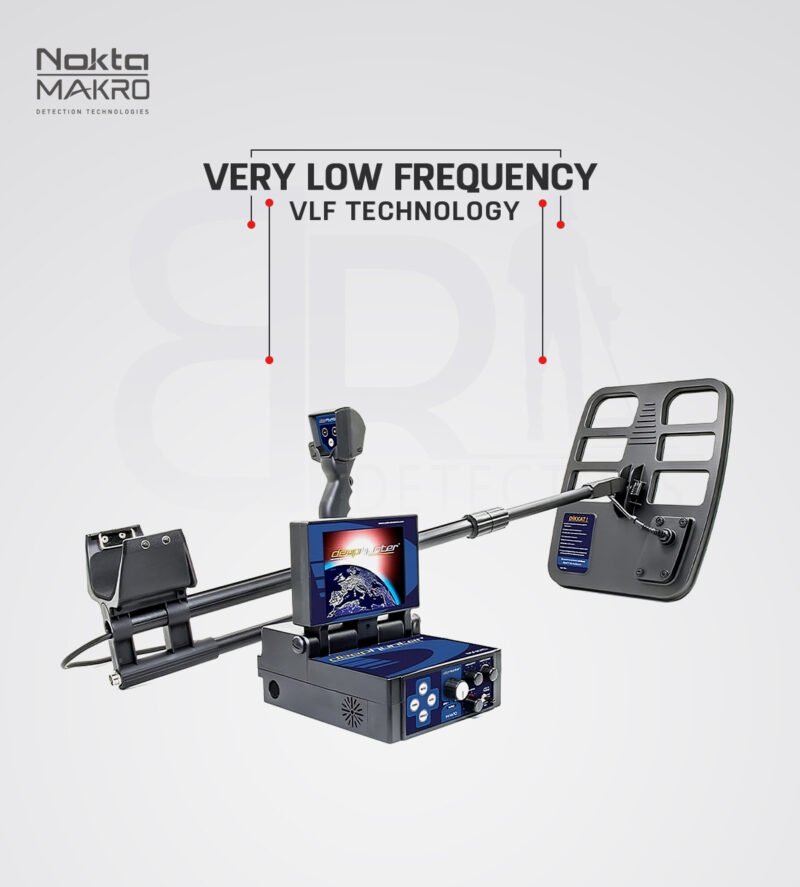Maintaining the correct tyre pressure is essential for ensuring the safety, performance, and longevity of your vehicle’s tyres. Whether you’re a new driver or a seasoned motorist, understanding the importance of tyre pressure and how to manage it can make a significant difference in your driving experience.
In this article, we’ll dive deep into the details of How Much Tyre Pressure in Car, factors that influence it, and practical tips for maintaining the perfect balance. We will also explore insights from Car News India and how trusted service providers like Minhaj Auto General Repairing can assist in managing tyre-related concerns.
The Importance of Proper Tyre Pressure
Proper tyre pressure is more than just a recommendation from your car’s manufacturer; it directly affects your vehicle’s performance, fuel efficiency, and safety. Tyres that are under-inflated or over-inflated can lead to a variety of problems:
-
Safety Risks: Under-inflated tyres have less traction, making it harder to control the vehicle, especially on wet roads. Over-inflated tyres, on the other hand, reduce the surface area in contact with the road, increasing the risk of a blowout.
-
Fuel Efficiency: Properly inflated tyres reduce the amount of rolling resistance, which improves fuel efficiency. A tyre that is under-inflated by just a few PSI can significantly increase fuel consumption.
-
Tyre Wear: Incorrect tyre pressure leads to uneven wear, shortening the lifespan of your tyres. Under-inflated tyres wear out on the edges, while over-inflated tyres wear out in the center.
-
Comfort and Handling: Tyre pressure also affects the overall comfort and handling of your vehicle. Under-inflated tyres provide a softer, but less responsive ride, while over-inflated tyres make the ride firmer and less comfortable.
How to Determine the Correct Tyre Pressure for Your Car

One of the most frequent questions asked by drivers is How Much Tyre Pressure in Car is ideal? The answer depends on several factors, including your vehicle type, tyre size, and driving conditions. Here’s how you can determine the correct tyre pressure for your car:
-
Manufacturer’s Recommendations: The best place to find the correct tyre pressure is in your vehicle’s owner’s manual or on the tyre placard located on the driver’s side door. This will list the ideal tyre pressure for both the front and rear tyres.
-
Consider Driving Conditions: If you’re carrying a heavy load or driving long distances, you may need to adjust the tyre pressure slightly. Increasing the pressure by a few PSI can help accommodate extra weight and reduce wear on the tyres.
-
Check Regularly: Tyre pressure naturally fluctuates due to temperature changes. Cold weather can cause tyre pressure to drop, while hot weather can increase it. It’s important to check your tyre pressure at least once a month and before long trips.
-
Use a Reliable Pressure Gauge: Always use a high-quality tyre pressure gauge to measure your tyre pressure. Many gas stations have pressure gauges, but they may not always be accurate. Investing in a digital gauge can help you get precise readings.
Tyre Pressure for Different Types of Vehicles
The ideal tyre pressure can vary depending on the type of vehicle you drive. Below are general guidelines for different vehicle types:
-
Sedans and Hatchbacks: For most sedans and hatchbacks, the recommended tyre pressure is usually between 30 and 35 PSI. However, this can vary based on the specific make and model of the car.
-
SUVs and Trucks: Heavier vehicles like SUVs and trucks often require higher tyre pressure, typically in the range of 35 to 45 PSI. The increased weight and load capacity of these vehicles necessitate firmer tyres for optimal performance.
-
Sports Cars: Performance vehicles and sports cars often require lower tyre pressure for better handling and grip. Tyre pressure for sports cars can range between 25 and 30 PSI, depending on the tyres and driving style.
The Role of Tyre Pressure in Fuel Efficiency
Tyre pressure plays a crucial role in determining your vehicle’s fuel efficiency. According to Car News India, tyres that are under-inflated by just 10% can reduce fuel efficiency by up to 2%. Conversely, over-inflated tyres create less rolling resistance, but at the expense of safety and comfort. To strike a balance, always maintain the tyre pressure recommended by the manufacturer.
Regularly checking your tyre pressure can also help you save on fuel costs in the long run. It’s a simple habit that pays off, especially if you drive frequently or for long distances.
Common Misconceptions About Tyre Pressure
There are several misconceptions when it comes to managing tyre pressure. Here are a few myths debunked:
-
The Higher the Pressure, the Better: Over-inflating your tyres may improve fuel efficiency slightly, but it also increases the risk of a blowout and reduces traction. Always follow the manufacturer’s recommended pressure levels.
-
Tyre Pressure Only Needs to Be Checked in Cold Weather: While cold weather can cause tyre pressure to drop, hot weather can increase it. Both extremes require regular checks to maintain optimal performance.
-
All Tyres Should Have the Same Pressure: Depending on your vehicle, the front and rear tyres may require different pressure levels. Always check the manufacturer’s recommendations for each set of tyres.
-
Visual Inspection is Enough: You can’t accurately determine tyre pressure by simply looking at the tyres. Always use a pressure gauge to get precise readings.
The Importance of Professional Maintenance
While checking tyre pressure is something you can do on your own, it’s always a good idea to have your tyres inspected by a professional, especially if you’re unsure about their condition. A reliable auto repair service like Minhaj Auto General Repairing can help you maintain the correct tyre pressure, inspect for wear and tear, and ensure that your vehicle is in top shape. Regular visits to a trusted mechanic will not only extend the life of your tyres but also improve your overall driving experience.
How to Inflate Tyres to the Correct Pressure

Inflating your tyres is a simple task that you can do at home or at a nearby gas station. Here’s a step-by-step guide:
-
Locate the Recommended Tyre Pressure: Check the vehicle manual or the placard on the driver’s door for the recommended pressure.
-
Remove the Valve Cap: Unscrew the valve cap on the tyre you are inflating.
-
Attach the Air Hose: Place the nozzle of the air hose onto the valve stem and press it down firmly.
-
Add Air: Begin inflating the tyre and keep an eye on the pressure gauge. If you’re using a gas station air pump, most have built-in gauges.
-
Check the Pressure: Use a tyre pressure gauge to check the pressure. If it’s too high, release some air by pressing the valve stem.
-
Replace the Valve Cap: Once the tyre is at the correct pressure, replace the valve cap to keep dirt and moisture out of the valve stem.
-
Repeat for All Tyres: Make sure to inflate all four tyres to the recommended pressure, and don’t forget to check the spare tyre as well.
Maintaining the correct tyre pressure is a key aspect of vehicle maintenance that should never be overlooked. By regularly checking and adjusting your tyre pressure, you can ensure optimal safety, fuel efficiency, and tyre longevity. Knowing How Much Tyre Pressure in Car is ideal for your vehicle will not only improve your driving experience but also help you save on fuel and tyre replacement costs.



